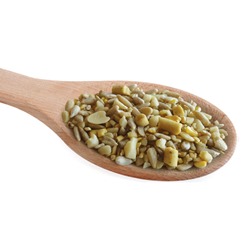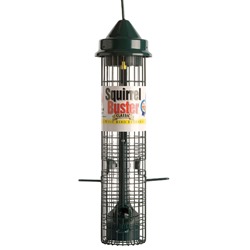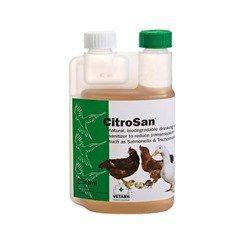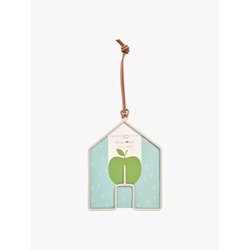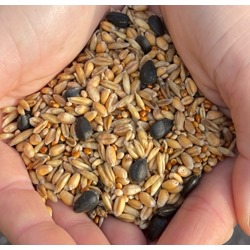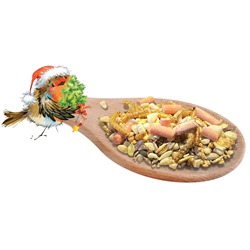
We all know that feeding the birds is a great way to attract them to your garden, but have you ever wondered where your bird seed comes from? This blog will explore the origins of this essential bird food and the journey it takes from our farm to your feeder.
Seed Sources
Most of the common bird seeds enjoyed by UK wild birds like millet, sunflower hearts, sunflower seeds and rape can be grown on farms in the UK. Other popular seeds like niger seed, however, do not grow well in the colder climate of the UK so have to be shipped to us here.
How Is Bird Seed Grown?
Stage 1: Cultivating the Land
Many bird seed ingredients are grown as large-scale crops. Preparing a well-cultivated, free draining seed bed is incredibly important when growing bird seed crops as they have a short growing season and therefore need to establish roots and a comfortable bed early on. Finer seeds require a much shallower bed than sunflowers for example, so a variety of cultivators are needed depending on which seed is being planted.
Stage 2: Drilling the Crops
A seed drill is used to sow the seeds in uniform rows at their specific depth. Wheat and oil seed rape are among the first seeds to be planted in Autumn and the rest of the seeds tend to be drilled between March and May.
Stage 3: Monitoring Growth
Continual monitoring of crops and soil is key to producing great quality bird seed. Farmers will regularly check the levels of phosphate, potash and magnesium present in the soil as well as regularly walking the entire farm to check for signs of pests and disease. This allows them to spot any signs of disruption early on before more wide-spread issues occur.
Stage 4: Harvesting
The first crops to be harvested tend to be oil seed rape, wheat, naked oats and canary seeds. Red millet, white millet and sunflowers are then harvested from late September to early October, depending on the autumnal weather. Harvesting is done using a combine harvester that cuts and threshes the grains and crops ready for drying and cleaning.
Stage 5: Drying & Cleaning
All seeds have to be dried down in preparation for storage using a drive-over drying floor that passes warm air up through the grains to remove excess moisture. Once this is complete, the seeds then need to be pre-cleaned to remove dirt and debris before they can be packaged and sent to your door!
The bird seed mixes you buy for your feeders are skilfully curated by bird seed experts – like us at Really Wild Bird Food – so that every product is nutritionally balanced to deliver the greatest range of benefits for your garden birds.
*
Here at Really Wild Bird Food, we have specialised in growing and harvesting our own bird seed for over 25 years. This means we manage and oversee every aspect of our bird food production, from sowing the seeds all the way to the final cleaning and mixing process, so we can guarantee all of our products are of the best possible quality.
Click the link below to browse our fantastic selection of bird seed mixes and support a British farm today!
Bird Seed Mixes
 Bird Feeders
Bird Feeders  Seed Feeders
Seed Feeders Peanut Feeders
Peanut Feeders Peanut Butter Feeders
Peanut Butter Feeders Suet & Fat Feeders
Suet & Fat Feeders Window Feeders
Window Feeders Hanging Feeders
Hanging Feeders Feeding Stations
Feeding Stations Ground Feeders
Ground Feeders Easy Clean Feeders
Easy Clean Feeders Bird Tables
Bird Tables Seed Trays
Seed Trays Bird Baths & Drinkers
Bird Baths & Drinkers Feeder Accessories
Feeder Accessories Feeder Hygiene
Feeder Hygiene Squirrel Proof Bird Feeders
Squirrel Proof Bird Feeders For the Kids
For the Kids Niger Seed Feeders
Niger Seed Feeders Mealworm Feeders
Mealworm Feeders Bird Food Storage
Bird Food Storage Fat Ball Feeders
Fat Ball Feeders Tube Feeders
Tube Feeders













